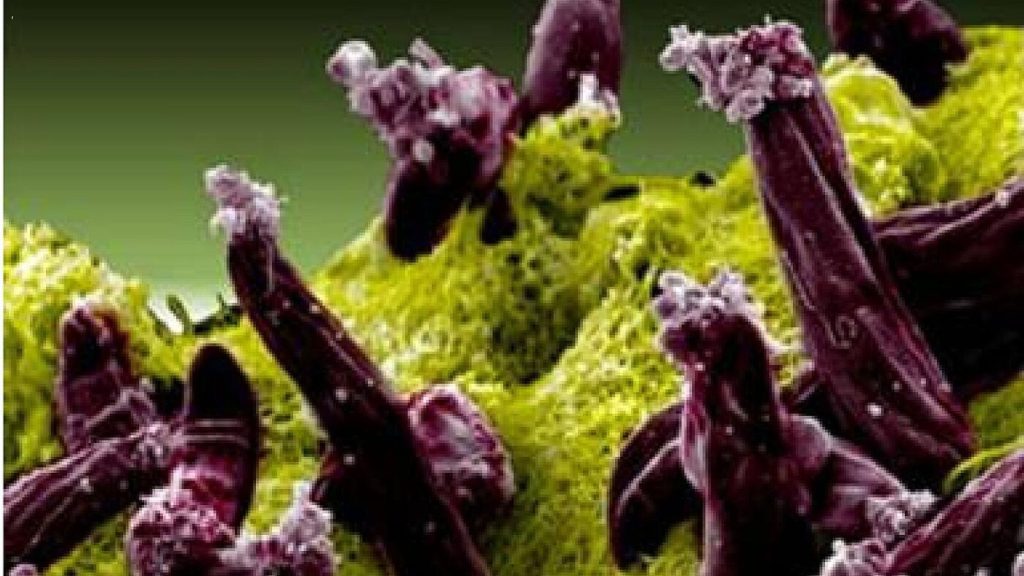Nature has a dark side, and parasites are its masters of horror. These tiny terrors have evolved mind-bending ways to survive, often at the expense of their unfortunate hosts. While zombies might shuffle around in movies, real-life parasites can do far worse. They hijack brains, replace body parts, and turn their hosts into unwilling puppets. From fungi that sprout from insect heads to worms that make fish dance, these parasites remind us of nature’s twisted creativity. Mother Nature is amazing and disturbing all at the same time.
Cordyceps Fungi
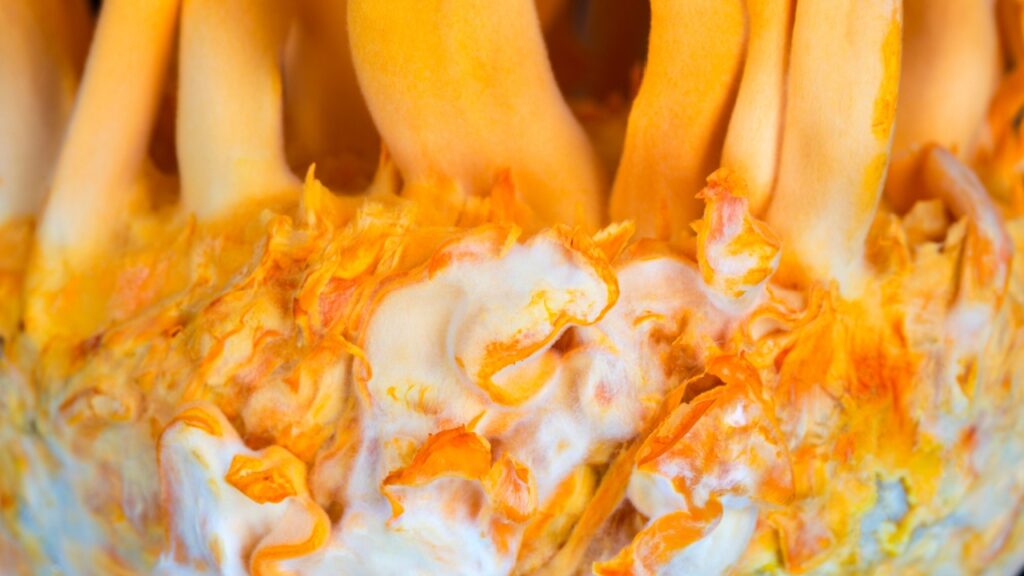
Cordyceps fungi are the stuff of nightmares for insects. These parasites infect ants and other bugs, slowly taking over their bodies and minds. The infected insect is forced to climb to a high point where the fungus can grow and release its spores. The result is a gruesome scene with fungal stalks bursting from the insect’s head.
Toxoplasma Gondii

This microscopic parasite can infect almost any warm-blooded animal, including humans. Its claim to fame is altering host behavior. Infected rats lose their fear of cats, making them easy prey. In humans, it’s been linked to subtle personality changes and even increased risk-taking behavior.
Leucochloridium Paradoxum
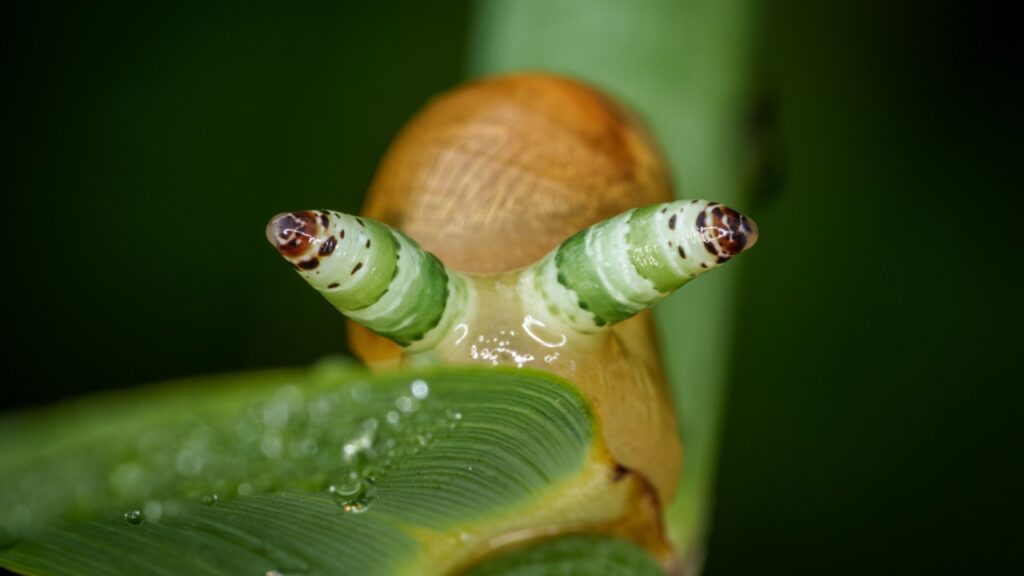
Also known as the green-banded broodsac, this flatworm has a bizarre life cycle. It infects snails and forms pulsating, colorful sacs in their eyestalks. These sacs mimic caterpillars, attracting birds that eat the infected eyestalks. The parasite then completes its lifecycle in the bird’s digestive system.
Cymothoa Exigua
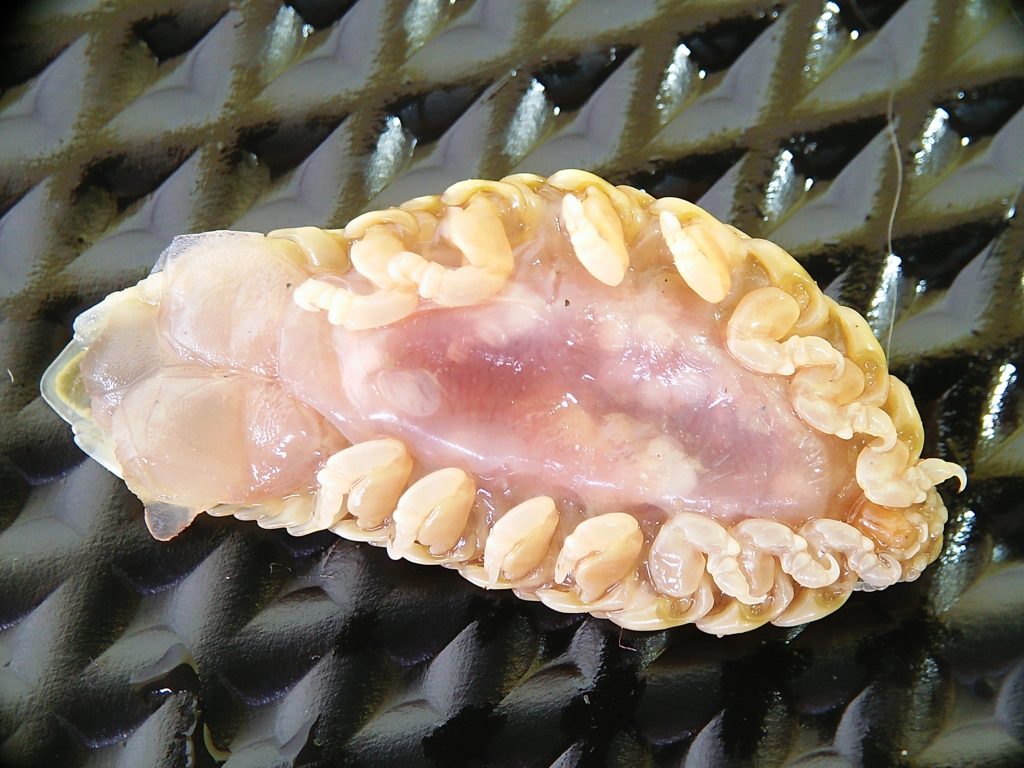
This crustacean is the stuff of dental nightmares. It enters a fish’s body through the gills and attaches to its tongue. Over time, it actually replaces the fish’s tongue, becoming a functional (albeit parasitic) organ. It’s a bizarre example of a parasite becoming an integral part of its host’s anatomy.
Sacculina
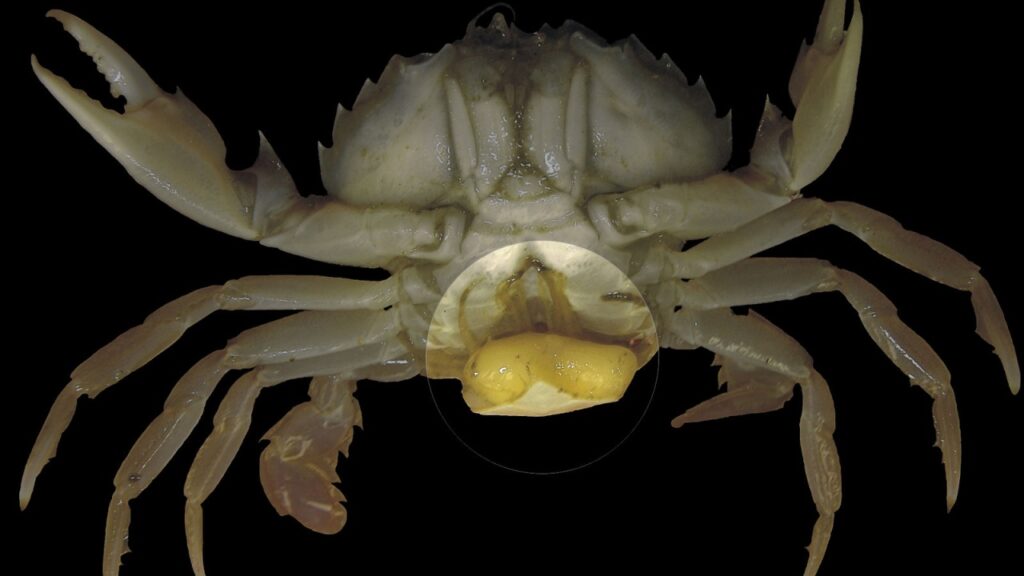
Sacculina is a barnacle that turns crabs into zombie babysitters. It injects itself into the crab’s body, growing roots throughout its host. The parasite then forces the crab to care for and protect its eggs as if they were its own, even if the crab is male.
Euhaplorchis Californiensis
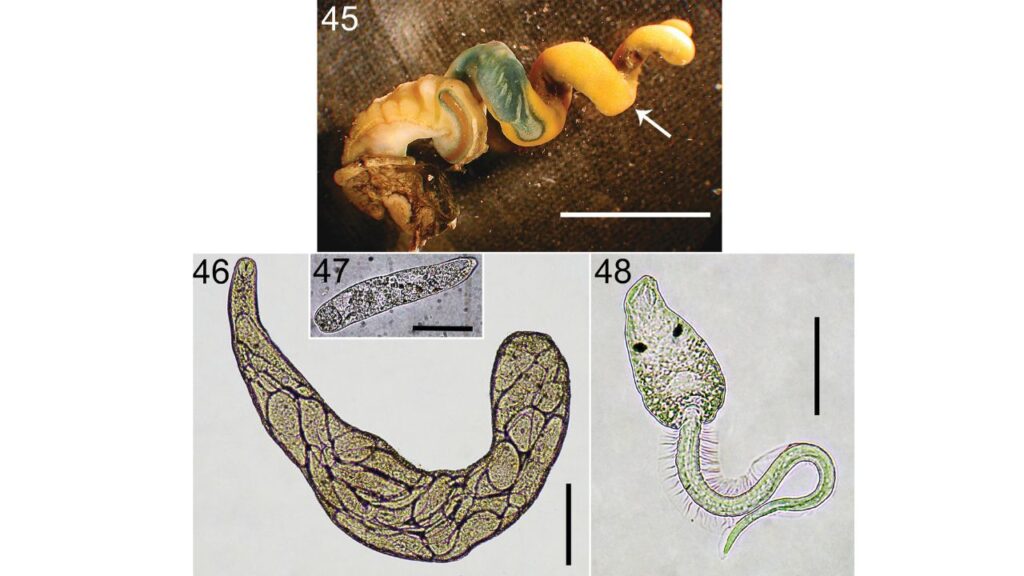
This fluke infects killifish, causing them to swim erratically near the water’s surface. This odd behavior makes the fish easy targets for birds, the fluke’s final host. It’s a clever strategy that ensures the parasite can complete its life cycle.
Dicrocoelium Dendriticum
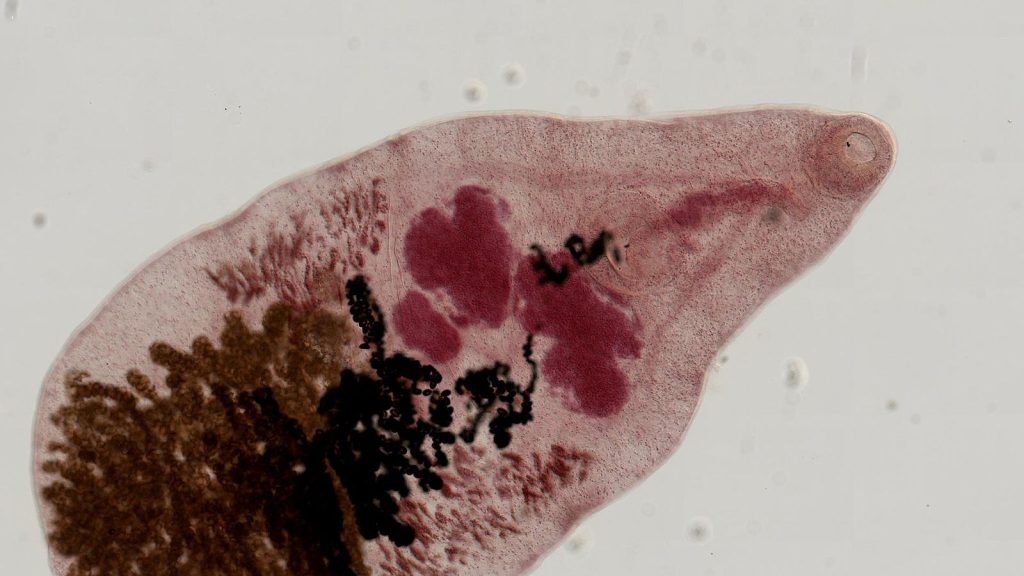
Known as the lancet liver fluke, this parasite manipulates ants in a fascinating way. Infected ants are compelled to climb to the tops of grass blades and clamp down with their mandibles. This makes them more likely to be eaten by grazing animals, allowing the parasite to reach its final host.
Spinochordodes Tellinii
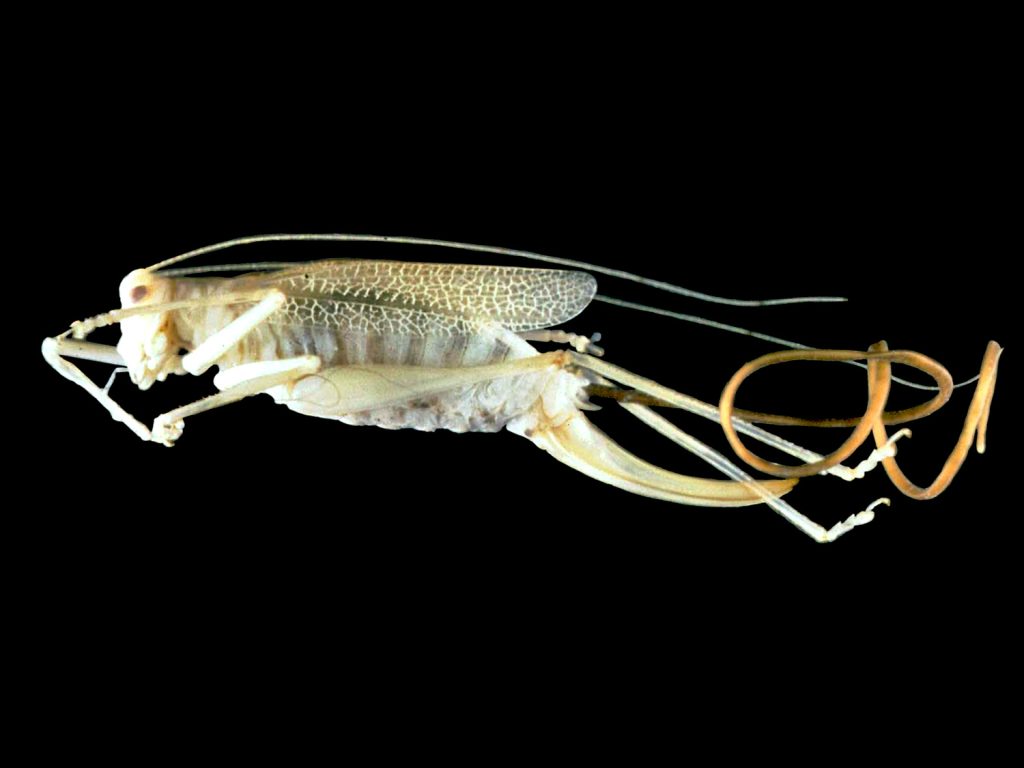
This hairworm has a gruesome exit strategy. After growing inside crickets or grasshoppers, it manipulates its host to seek out water. The insect jumps in, allowing the worm to dramatically burst out and swim away, leaving its host to drown.
Ophiocordyceps Unilateralis
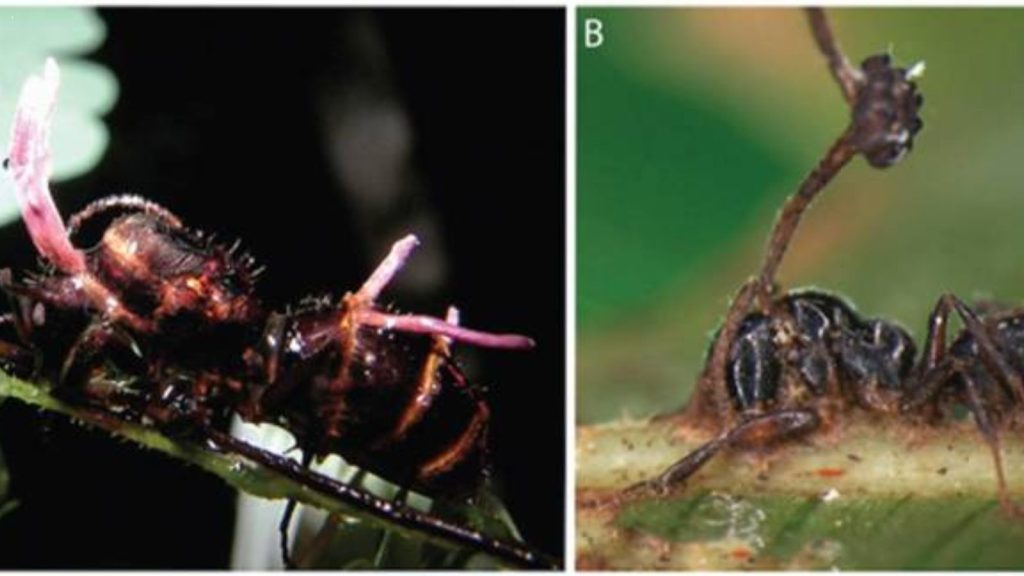
Another fungal nightmare, this parasite specifically targets carpenter ants. It forces infected ants to climb vegetation and bite down on a leaf or twig. The ant dies in this position, and the fungus grows a stalk from its head to release spores.
Glyptapanteles
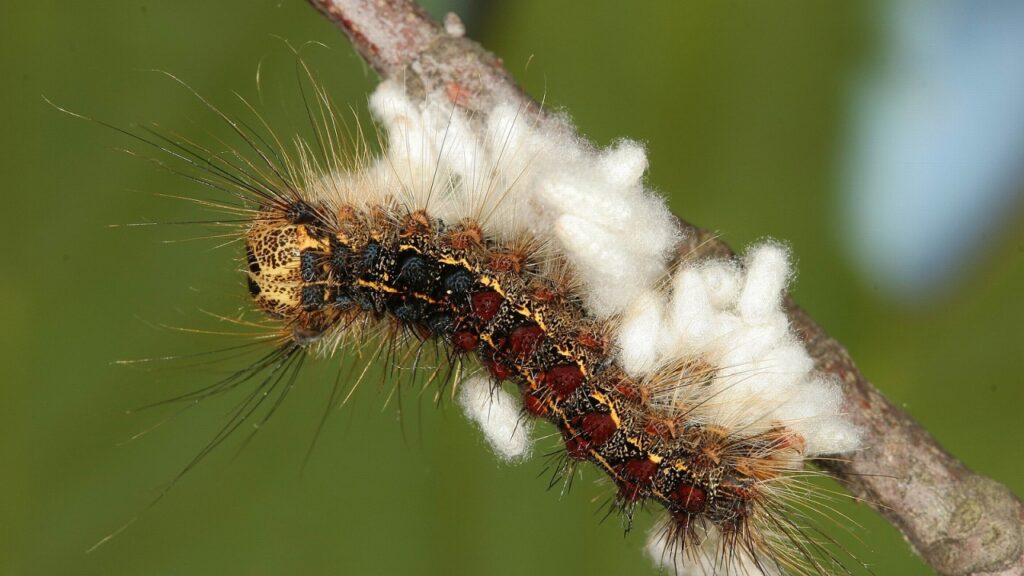
These wasps turn caterpillars into zombie bodyguards. After the wasp larvae emerge from their caterpillar host, the infected caterpillar stays nearby, violently swinging its head to fend off predators from the developing wasps.
Ampulex Compressa
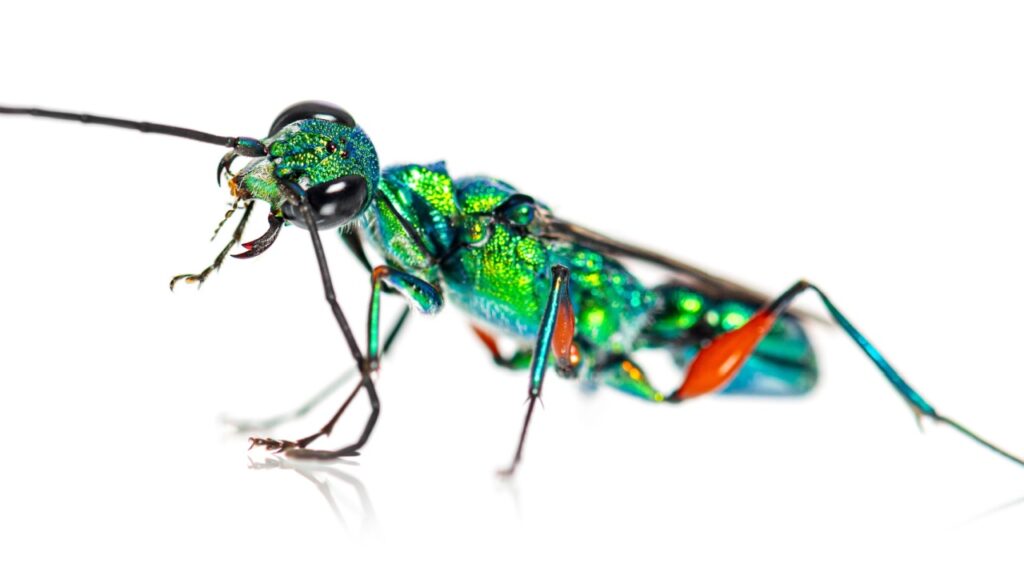
Known as the jewel wasp, this parasite turns cockroaches into helpless zombies. It stings the roach’s brain, disabling its escape reflex. The wasp then leads the docile roach to its nest, where it lays an egg on it. The hatched larva then eats the still-living roach from the inside out.
Wolbachia
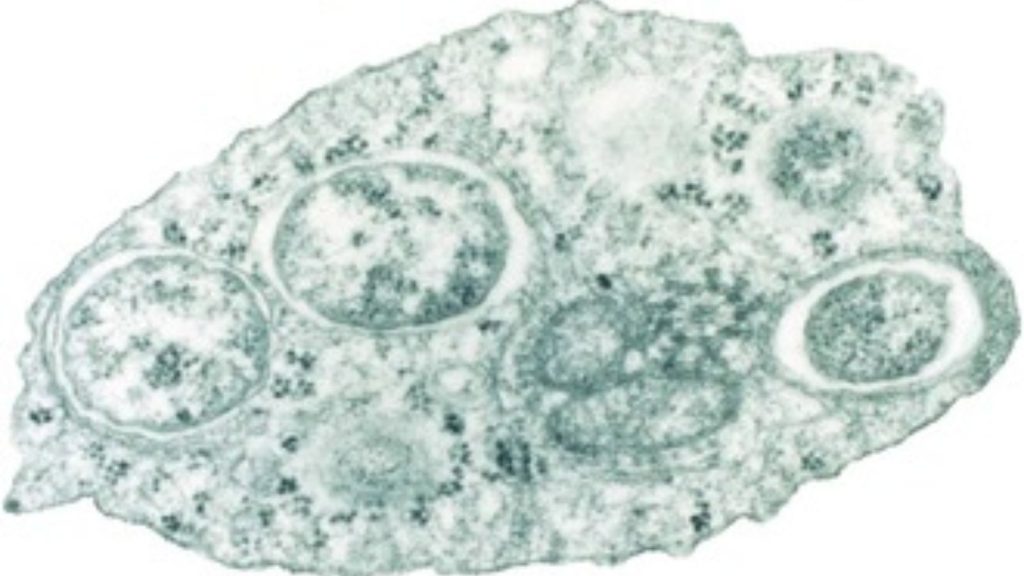
This bacteria infects millions of insect species, altering their reproduction. It can change males into females, cause virgin births, or make it impossible for infected males to mate with uninfected females. It’s a master manipulator of insect sex and reproduction.
Myrmeconema Neotropicum
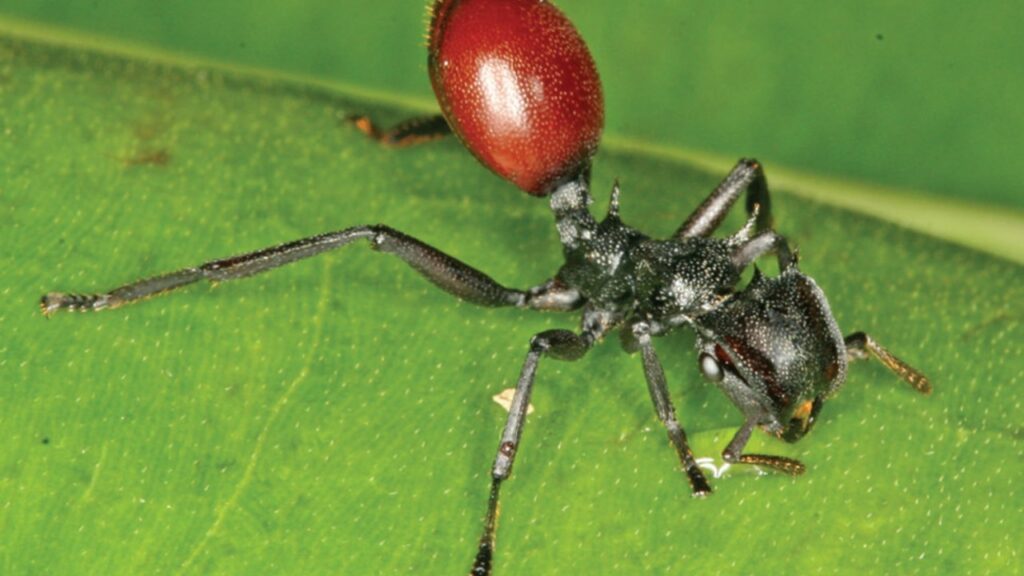
This nematode turns ants into walking berries. Infected ants develop bright red abdomens that look like ripe fruit. The ants are then compelled to raise their abdomens, making them attractive to fruit-eating birds – the parasite’s next host.
Ribeiroia Ondatrae
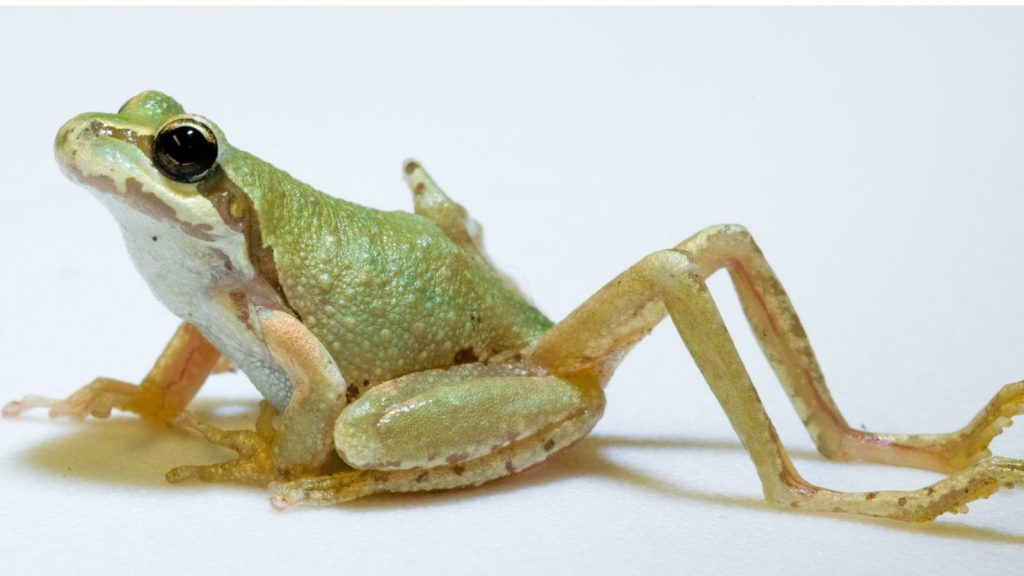
This fluke causes horrific deformities in frogs, often resulting in extra or missing limbs. These mutations make the frogs easy prey for birds, the parasite’s final host. It’s a stark example of how parasites can dramatically alter their host’s physical form.
Echinococcus Multilocularis
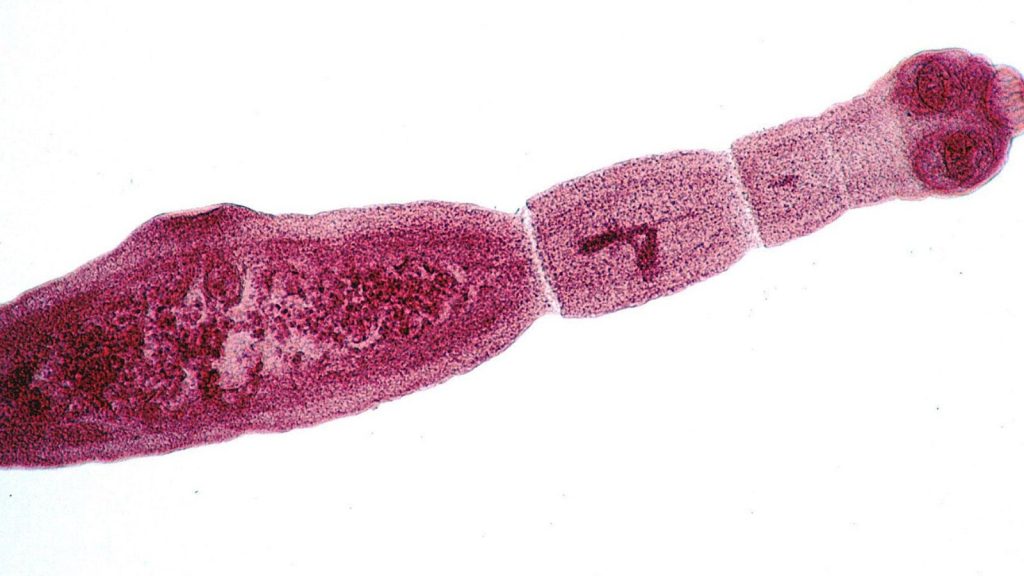
This tiny tapeworm can cause big problems in humans. It forms cysts that act like slow-growing tumors, potentially leading to organ failure if left untreated. Its complex life cycle involves foxes, dogs, and small mammals before potentially infecting humans.
Schistocephalus Solidus

This tapeworm alters the behavior of three-spined sticklebacks, making them swim closer to the water’s surface and take more risks. This increases the chance of the fish being eaten by birds, allowing the parasite to complete its life cycle.
Plasmodium

The parasite responsible for malaria, Plasmodium, has a profound impact on human history. It manipulates mosquito behavior, making infected mosquitoes bite more often. This increases the parasite’s chances of transmission to humans, where it causes the debilitating symptoms of malaria.

